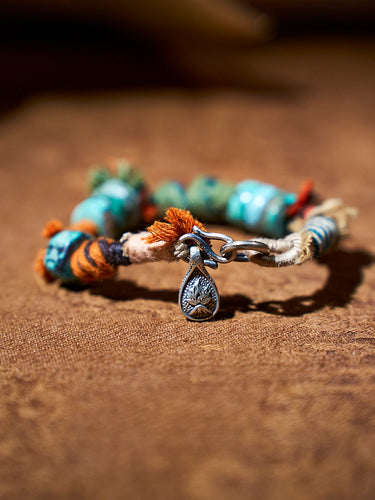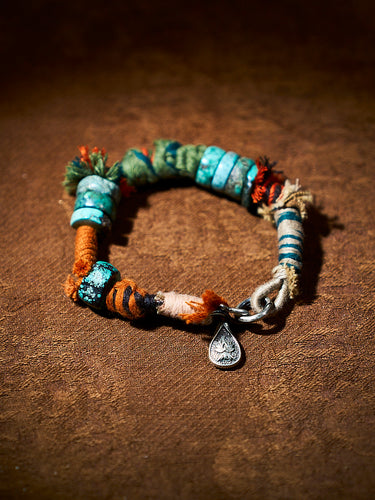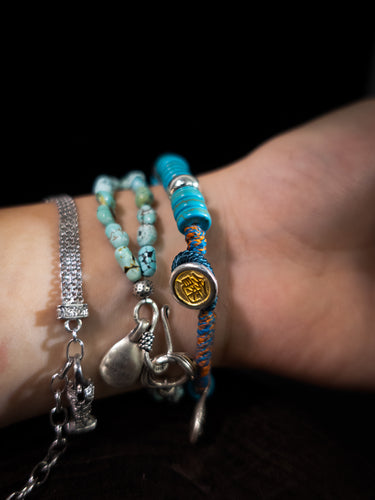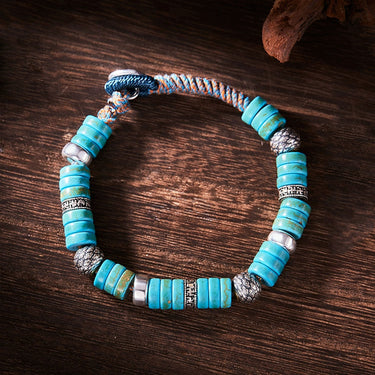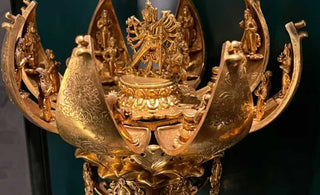
Nestled within the intricate folds of China's rich cultural tapestry lies an awe-inspiring legacy that has withstood the test of time – the regal opulence of the Imperial Courts. Oriental Aesthetics, a stalwart guardian of classical oriental art, extends an invitation to embark on a captivating journey into the heart of China's imperial history. In this exploration, we delve into the fascinating world of Gilded Thrones and Golden Ink, where art, power, and tradition converge in a symphony of brilliance that continues to echo through the corridors of time.
The Magnificence of Gilded Thrones
Transport yourself to an era where gilded thrones stood as majestic symbols of imperial authority, their intricate carvings and shimmering gold leaf reflecting the unparalleled craftsmanship of a bygone era. These opulent seats, elevated on platforms, were not mere pieces of furniture but rather profound statements of emperors who once graced them. The elaborate carvings, often depicting dragons, phoenixes, and celestial symbols, were testaments to the artisans' dedication and the cultural richness of the Imperial Court.
The gilded thrones, with their extravagant designs, were not only seats of power but also artistic marvels that encapsulated the very essence of Chinese aesthetics. Craftsmen, meticulously appointed by the court, poured their skills into every detail, creating pieces that blended functionality with symbolism. Dragons, revered in Chinese culture, adorned the thrones, symbolizing imperial authority and good fortune. Phoenixes, with their association with rebirth, spoke to the eternal nature of imperial rule. These symbols, woven into the very fabric of the thrones, transcended the tangible, elevating the seats to the status of sacred artifacts.
Beyond the visual spectacle, the gilded thrones served as conduits between the earthly realm and the divine. The shimmering gold leaf, applied with precision, was not merely a display of opulence but a connection to the celestial. Gold, in Chinese symbolism, represented wealth, power, and the divine. The extensive use of gold in thrones reinforced the legitimacy of imperial rule, emphasizing the emperor's mandate from the heavens. These thrones were more than regal seats; they were embodiments of cosmic harmony, linking the ruler to celestial order.
Golden Ink and the Art of Calligraphy
Venturing beyond the throne rooms, we step into the mesmerizing world of Golden Ink, where words transformed into art and art evolved into a unique language. Calligraphy, a cherished tradition in China, found its pinnacle within the hallowed halls of the Imperial Courts. Here, emperors and scholars engaged in the meticulous craft of brush and ink, creating masterpieces that transcended the boundaries between the literary and the visual.
In this realm of artistic expression, the choice of ink was of paramount importance. Gold-infused ink, with its radiant hue, added a touch of opulence to the written word. Each stroke of the brush became a dance of precision, a visual representation of the profound cultural heritage that underpinned the imperial court. Calligraphy, as practiced within these walls, was not a mere utilitarian skill but a revered form of art, with each character and composition reflecting the spirit of an entire culture.
The scrolls that bore these golden inscriptions were not merely records of events or messages; they were treasures revered for both their content and aesthetic appeal. Emperors, scholars, and artists alike contributed to this rich tapestry of written art, leaving behind a legacy that spoke to the intellectual and cultural flourishing of the time. The scrolls became conduits through which the wisdom of the past was transmitted to future generations, embodying the timeless beauty of China's Imperial Courts.
The Symbolism of Gold
Delving deeper into the symbolism of gold within the Imperial Courts unveils a multifaceted tapestry of meaning that transcends mere opulence. Gold, with its enduring luster and incorruptible nature, becomes a metaphor for the immutable power of the imperial regime. Beyond its material allure, gold signifies a divine mandate, an affirmation of the ruler's legitimacy bestowed by celestial forces. In intricate rituals and ceremonies, the gilded ornaments worn by the monarch symbolize a sacred link between earthly authority and heavenly approval.
The pervasive use of gold in regal artifacts and architecture serves as a testament to the enduring connection between material wealth and imperial power. Its scarcity and intrinsic value imbue the ruler with an aura of invincibility, reinforcing the perception of an unassailable reign. The deliberate integration of gold into the Imperial Courts' aesthetic underscores a conscious effort to align the ruler with divine principles, establishing a visual language that communicates not only prosperity but also an ordained right to govern. In essence, the symbolism of gold within the Imperial Courts weaves a narrative where material opulence converges with spiritual legitimacy, creating a powerful synthesis that bolsters the ruler's authority and underscores the divine underpinnings of imperial governance.
The intricate embroidery and elaborate designs crafted with golden threads on the attire of emperors were not mere displays of extravagance. They were expressions of the ruler's connection to the celestial realm, a visual representation of the harmony between earthly rule and heavenly mandate. Gold, with its radiant luster, became a bridge between the mundane and the divine, embodying the aspirations of an empire that saw itself as a microcosm of the cosmos.
Preserving the Legacy
Oriental Aesthetics stands as a dedicated custodian of this regal legacy, committed to preserving and promoting classical oriental art. Through our systematic, high-quality professional services, we aim to connect oriental artists, collectors, and enthusiasts with the timeless beauty of China's Imperial Courts. Our commitment extends beyond the realms of preservation to the active promotion of awareness and appreciation for classical oriental art.In preserving the legacy of Gilded Thrones and Golden Ink, Oriental Aesthetics recognizes the importance of making this cultural treasure accessible to present and future generations. Through curated exhibitions, educational programs, and collaborative initiatives, we seek to unravel the layers of history and artistry encapsulated within the Imperial Courts. The brilliance of gilded thrones and golden ink, rather than fading into the annals of history, remains vibrant and relevant, inspiring a continued appreciation for the artistic and cultural tapestry of ancient China.
As we conclude this immersive journey through the corridors of history, the resonating echoes of Gilded Thrones and Golden Ink remind us of a time when art, power, and tradition converged to create a symphony of brilliance within the Imperial Courts of China. Oriental Aesthetics invites you to join us in celebrating this regal legacy, where gilded thrones and golden ink narrate a tale of cultural richness and imperial splendor that transcends the ages. May the vibrancy of China's Imperial Courts continue to inspire, captivate, and connect generations across time and space.








